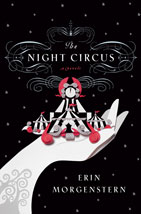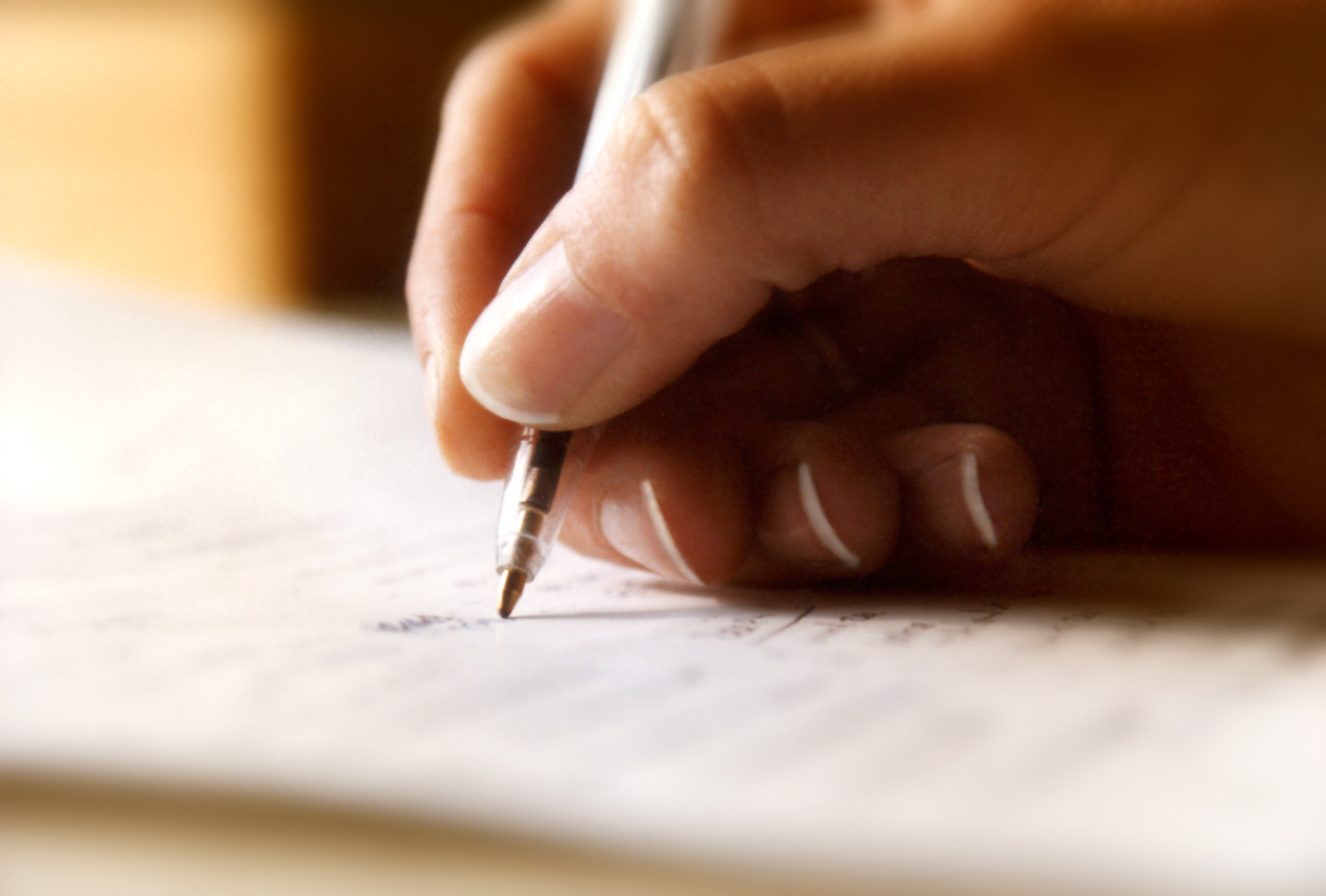I don't know about you, but when I ask for guidance from the Divine I don't get bolts of lightning or flaming flora. Sometimes I ask for help. Which way do I turn? What's the path I should take?
It sure would be nice if I got clearcut answers. Should I eat a third donut? CRACK! Lightening bolt comes down from above and lands in the middle of the donut, incinerating it. That would be a clear answer.
Over the years I've consulted my astrological chart, read the Tarot cards and otherwise looked for signs to guide me in life. But as fun as these divination tools are, they are faulty. You may look at your astrological chart this week and think it's right on the money only to find next week, when you look back, that the stars got it all wrong. If these tools are channeling Divine wisdom, then is the Divine unreliable? Or are we, as the interpreters unable to see the answers clearly? Or perhaps these tools don't speak for the divine at all.
In recent years I have found a way to consistently get helpful guidance from the Divine, guidance that has led me down a path of great happiness.
What is it?
The method is simple. I pay attention to how I feel. I notice how it feels to be in the situation I'm in. I pay attention to how it feels to be with a certain person or group of people. I pay attention to how it feels to be in a certain environment or to do a certain job.
How you feel matters. Life is short. Life is meant to feel good.
Follow the feel good feelings. If the person you're with feels good to you, then be with them. If being with that person always makes you feel bad or negative, then maybe it's time to move on.
I'm not the first person to figure this out and it's certainly not a unique thought. But I wanted to pass along to you my experience with it because it has been so life-changing for me.
Case in point:
While an undergraduate I had the brilliant idea that I should go to law school. I had been told by some people that I'd make a good lawyer (following guidance from somewhere outside of me rather than internal guidance) and so I applied and off I went.
From day one, I didn't like law school. I don't think I liked anything about it much (except for those few people who became cherished friends). From day one it was hard. And I don't mean just academically challenging (which it was). I had studied hard before and had taken subjects that were a challenge.
What I mean is that I found the whole experience of law school hard. The people didn't feel right (except for a few who became lifelong friends). The subject matter felt wrong. The whole experience just felt - off.
If I knew then what I know now, I would have recognized that "off" feeling as guidance. Through my feelings, the Divine was telling me "this isn't your path."
But I didn't listen.
The truth is, I ignored how I felt because I didn't want to be a quitter.
I began practicing law and I didn't care for that either. There I was, three years of graduate education and a large student loan debt to repay and I didn't like my chosen profession. Oh, I rose to the occasion and found that I was reasonably good at it. But I didn't feel well. My stomach hurt. I felt nauseous. I began getting sick a lot.
I did this for many years. Plugging away, trying to find ways to make it feel better to me.
And here's the other thing - the thing that plays such an important role in this notion of guidance. Every thing I tried to do or accomplish as a lawyer was hard. If I tried to add a new practice area or teach a class, it was like running my head into a large brick wall, over and over and over. My head hurt from all the ramming it into hard objects but I'd get up, dust myself off and run at that wall again! My motto was "I won't be defeated!"
But the truth is, sometimes giving into "defeat" is okay. Sometimes, when your head hurts from ramming it into the immovable wall, it's a signal that you need to stop running into that wall!
I'm slow on the uptake but eventually I got the clue. I needed to choose a new path. A path that is more me. A path that doesn't make my stomach hurt and give me a veritable concussion.
I began writing fiction in 2008, my lifelong dream, and I can tell you that my path to becoming a writer feels so different than the law path. And that feeling confirms I'm on the right path. And by "right" I don't mean financial success or accolades and such. "Right" means that it feels good to do it. It feels "right".
Every step of the way to becoming a published author, there have been helpful people that show up at the right time. Doors open easily (without me having to use a hatchet to get them open!). Divine timing is everywhere (for an example, see my post
How I Used Real Magic to Win a Trip to Ireland).
Here's a latest example of what I'm talking about. I want to have a launch party for the launch of
Emily's House, my first novel. But researching venues, the prices are just so high, I started to think it was an impossible idea. So I asked the Divine for guidance. Within a half an hour of me thinking the thought (please help me!), I got a call about a venue that I was told was impossible to get and it just so happens that they only have one spot the entire rest of the year. And it just so happens to be the exact day and time I wanted! And the price is ridiculously reasonable (within my writer budget). Booked. Easy.
When I ask for guidance I always get it, so long as I'm open to receiving it. No lightning bolts required.
What about you? Do you ask God or the Divine or your own spiritual guide for guidance to help you through life? If so, do you get answers? And in what form do you receive the guidance?






















